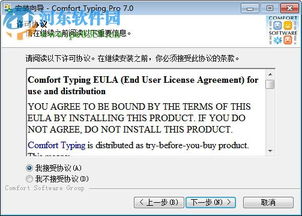
Understanding Python’s Typing Module

Python, known for its dynamic nature, has always allowed developers to write code with minimal constraints. However, this flexibility can sometimes lead to confusion, especially when working with complex functions or large codebases. This is where Python’s Typing module comes into play, offering a way to add type hints and annotations to your code, enhancing readability and maintainability. In this article, we’ll delve into the various aspects of the Typing module, helping you understand its importance and how to effectively use it in your projects.
What is the Typing Module?

The Typing module is a part of Python’s standard library, introduced in Python 3.5. It provides a way to add type hints to your code, making it easier for developers to understand the expected types of variables, function arguments, and return values. These type hints are not enforced at runtime, but they can be used by static type checkers to catch potential type-related errors early in the development process.
Basic Types

The Typing module offers a variety of basic types that you can use to annotate your code. Here are some of the most commonly used types:
| Type | Description |
|---|---|
| int | Integer values |
| float | Decimal values |
| bool | Boolean values (True or False) |
| str | String values |
| None | Null value |
Container Types
In addition to basic types, the Typing module also provides container types that can be used to annotate collections of values. Here are some of the most commonly used container types:
| Type | Description |
|---|---|
| list | Ordered collection of items |
| tuple | Ordered collection of items, immutable |
| dict | Collection of key-value pairs |
| set | Unordered collection of unique items |
Function Signatures
One of the most powerful features of the Typing module is the ability to annotate function signatures. This allows you to specify the expected types of function arguments and return values, making your code more self-documenting. Here’s an example:
from typing import Listdef add_numbers(numbers: List[int]) -> int: return sum(numbers)In this example, the function `add_numbers` is expected to take a list of integers as an argument and return an integer value.
Advanced Types
The Typing module also offers advanced types that can be used to annotate more complex scenarios. Here are some of the most commonly used advanced types:
- Union: Allows a variable or function argument to be of multiple types. For example, `value: Union[int, str]` indicates that `value` can be either an integer or a string.
- Optional: Indicates that a variable or function argument can be omitted. For example, `value: Optional[int]` indicates that `value` can be an integer or `None`.
- TypeVar: Allows you to create generic functions or classes. For example, `T = TypeVar(‘T’)` defines a type variable `T` that can be any type.
- Callable: Indicates that a variable or function argument is a callable object, such as a function or a class with a `__call__` method.
- Sequence: Indicates that a variable or function argument is a sequence, such as a list, tuple, or string.




